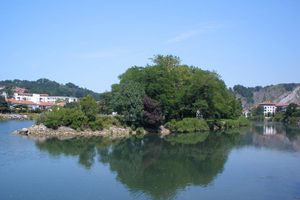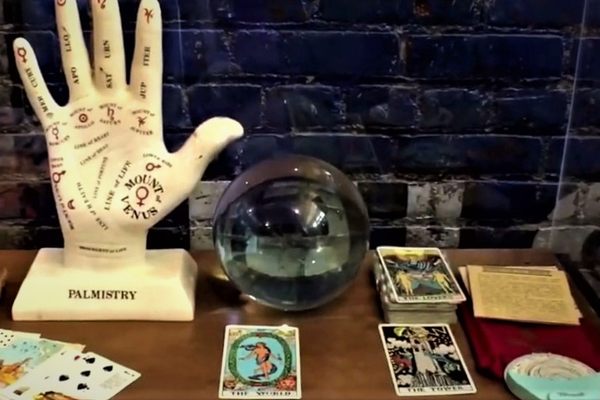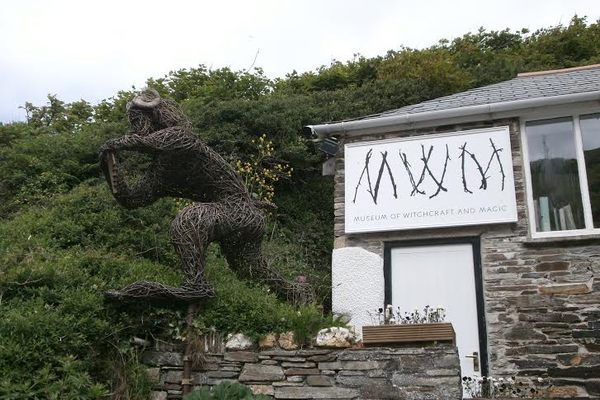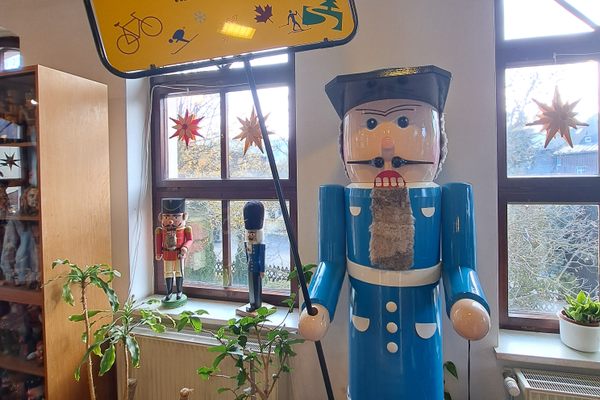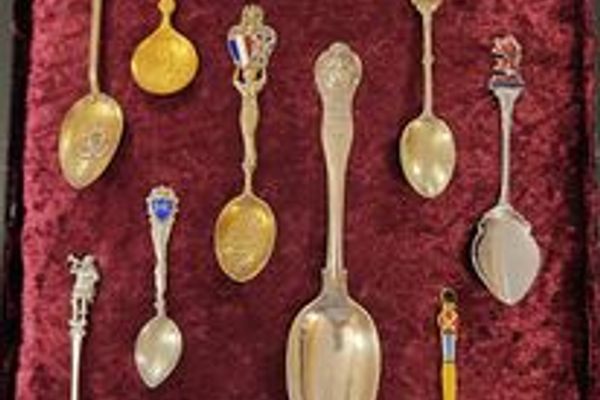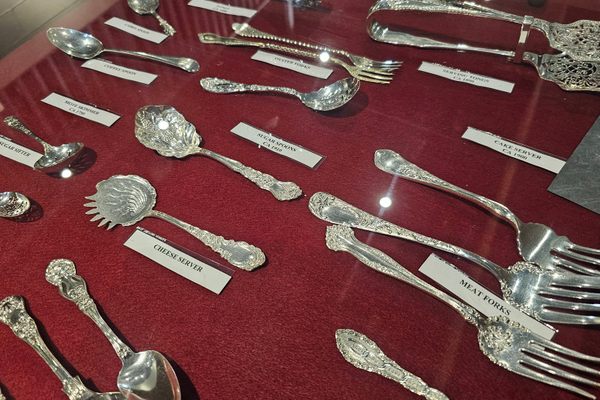About
The town of Zugarramurdi on the Basque border in northern Spain may be small but during the 17th century Spanish Inquisition the rural settlement was the focus of one of the largest witch trials in history which ended in the deaths of countless innocents and it is the folk beliefs and lives of these victims that are remembered in the Zugarramurdi Witch Museum.
According to legend, a young woman from the town had the power to fly, and strange occult activities were held by women regularly in a cave and a meadow known as the "Akelarre" (translating as the "meadow of the he-goat" in Basque) near town. These macabre meetings were supposedly conducted and lead by a large billy goat which spoke and issued commands to the enraptured sabbath of witches who gathered. The truth of these myths cannot be proven, but in reality, these myths were powerful enough to scare the Spanish government into bringing the inquisition to the gate of Zugarramurdi.
They rounded up the accused in 1610 and tried them in nearby Logroño in the largest trial of its kind in history. Over 7,000 individual cases were tried, mainly focusing on the woman accused, although plenty of men and children were included as well. 53 individuals were found guilty of practicing witchcraft. Many of them were marched to prisons and died along the way, while others were quickly burned at the stake. Years of non-superstitious beliefs later, all the alleged witchcraft was deemed traditional folk medicine and the Inquisition was deemed an atrocity.
Ever since the trials, Zugarramurdi has been associated with witchcraft and today the town embraces its pagan heritage with such sites as the witch museum. The museum, which is housed in the town’s former hospital, was established in 2007 and features a number of displays illustrating both the reality and myth surrounding the local witches. There are “floating” dresses and cauldrons and goats heads on display, giving the proper due to the folk beliefs of the area and also the misconceptions of the witches. In contrast, there are also displays exploring the role of the female herbalist which was most often associated with witchcraft. There is also a film explaining the process behind the 1610 trials.
The Zugarramurdi Witch Museum also takes part in the annual celebration of the summer solstice held in the nearby caves. The town seems to have taken back its identity not by distancing itself from its historic tragedy, but by embracing its legacy, warts and all.
Related Tags
Community Contributors
Added By
Published
October 30, 2013



































